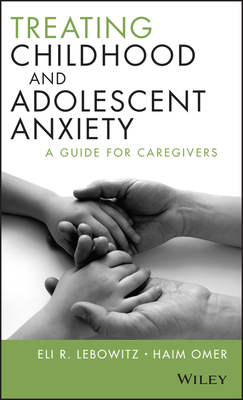Paintings and Sculptures: Where Do We Look First?: An Eye Tracking in Situ Study, of Children and Adults
Seille, Magali, Kapoula, Zoi, Campana, Florence
- 出版商: Springer
- 出版日期: 2024-05-18
- 售價: $5,020
- 貴賓價: 9.5 折 $4,769
- 語言: 英文
- 頁數: 136
- 裝訂: Quality Paper - also called trade paper
- ISBN: 303131137X
- ISBN-13: 9783031311376
海外代購書籍(需單獨結帳)
相關主題
商品描述
The book presents three studies in which eye tracking data were collected at the Musée des Beaux-Arts in Rouen in June and July 2013. Overall, the results of those three studies highlight the knowledge gained from the analysis of the very first saccade in a museum context, when people look at paintings and statues.
The first study analyzes how viewers orient their first saccade on paintings. This study shows that, in a museum, the first saccade is attracted toward the center of paintings. This attraction toward the paintings' center is found in all the subjects' groups that we have studied. Noteworthily, this effect is significantly less pronounced in individuals who never visit museums. It is among amateurs, who often visit museums, that the center attracts the most the first saccade. Among experts, painters or art history teachers, and to a lesser extent among amateurs, the pictorial composition largely determines the orientation of the first saccade. We indeed found that, as soon as the first saccade, experts orient their gaze toward the main subject. This phenomenon seems to be explained by the fact that experts immediately orient their gaze (here measured as the first saccade) toward the paintings' location conveying the most meaning. It can either be the center, or a peripheral area, depending on whether the paintings' most meaningful subject is located centrally or peripherally.
The second study shows that the center does not attract the first saccade in 5-year-old children. This behavior appears later, in 8- to 10-year-old children. However, noticeably, the 8-10-year-old children orient significantly less frequently their first saccade toward the paintings' center as adults do, and this is also true when one considers non-expert adult viewers.
The results of the third study focus on statues and reveal a very different oculomotor behavior: Indeed, rather than looking at the center, statues' viewers exhibit a clear tendency to saccade first at the statues' contours. This stands in contrast with the behavior that we observe with paintings. Our study concludes that statues trigger a specific oculomotor behavior. The latter appears to be mostly driven by the physical presence that stone bodies incarnate. The movement and the climax of this movement, that sculptors manage to convey, thus turn out to attract the gaze in a unique fashion.
The book concludes that the first saccade is a powerful indicator of the oculomotor behavior that greatly improves our comprehension of the unique relationship between a viewer and artworks.
商品描述(中文翻譯)
這本書介紹了三個研究,其中在2013年6月和7月在魯昂美術館收集了眼動追蹤數據。總的來說,這三個研究的結果突出了在博物館環境中分析第一次注視時人們觀看畫作和雕塑所獲得的知識。
第一個研究分析了觀眾在畫作上的第一次注視的方向。這項研究顯示,在博物館中,第一次注視會被畫作的中心所吸引。這種對畫作中心的吸引在我們研究的所有受試者群體中都存在。值得注意的是,從不參觀博物館的人中,這種效應明顯較不明顯。在經常參觀博物館的業餘愛好者中,中心對第一次注視的吸引最強烈。在專家、畫家或藝術史教師中,以及在某種程度上在業餘愛好者中,圖像構圖在很大程度上決定了第一次注視的方向。事實上,我們發現,專家在第一次注視時就會將目光導向主題。這種現象似乎可以解釋為專家立即將目光(在這裡以第一次注視來衡量)導向傳達最多意義的畫作位置。這可以是中心,也可以是周邊區域,具體取決於畫作最有意義的主題是位於中心還是周邊。
第二個研究顯示,5歲的兒童不會被畫作的中心吸引第一次注視。這種行為稍後出現在8至10歲的兒童中。然而,值得注意的是,8至10歲的兒童第一次注視畫作的中心的頻率明顯較成年人低,這也適用於非專家成年觀眾。
第三個研究的結果集中在雕塑上,揭示了一種非常不同的眼動行為:事實上,觀看雕塑的人不是看向中心,而是明顯地先注視雕塑的輪廓。這與我們在畫作中觀察到的行為形成對比。我們的研究得出結論,雕塑引發了一種特定的眼動行為。後者似乎主要受到石頭身體所具有的物理存在的驅使。雕塑家成功傳達的運動和運動的高潮,因此以獨特的方式吸引目光。
這本書的結論是,第一次注視是眼動行為的一個強有力的指標,它大大提高了我們對觀眾和藝術品之間獨特關係的理解。











